Gift #7: Nourish with Prebiotics and Probiotics
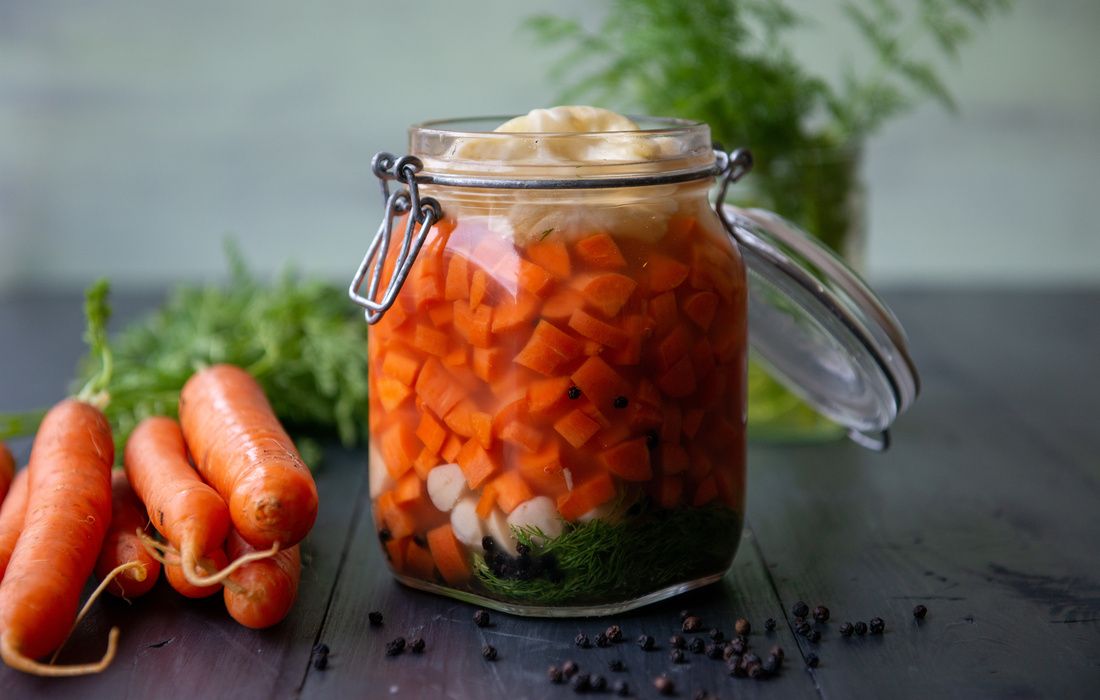
Step #7: Nourish with Prebiotics and Probiotics
You’ve crossed a powerful threshold. After clearing inflammatory foods and toxins in the first half of your journey, your body is now primed to rebuild. This step marks the beginning of the Nourish and Restore phase—where true healing begins from the inside out.
Now we focus on restoring your gut ecosystem with the two essential pillars of microbiome health: prebiotics and probiotics. By feeding and replenishing the beneficial bacteria that support digestion, immunity, and brain health, you’re laying the foundation for lasting vitality and deeper resilience—one nourishing choice at a time.
“Enlightenment, peace, and joy will not be granted by someone else. The well is within us, and if we dig deeply in the present moment, the water will spring forth.” ~Thich Nhat Hanh

Nourish Your Inner Ecosystem
Probiotics: Replenishing Your Inner Garden
Probiotics are live microorganisms—beneficial bacteria and yeasts—that support your health when consumed in the right amounts. You’ll find them naturally in fermented foods like sauerkraut, kimchi, yogurt, kefir, miso, and lacto-fermented vegetables, as well as in high-quality supplements. While most probiotic strains are transient (they don’t permanently colonize the gut), they still play a vital role in restoring balance.
Probiotics support immune regulation, reduce inflammation, and inhibit harmful microbes—partly by lowering the pH of the intestines through the production of beneficial acids. This acidic environment helps your own native gut bacteria thrive—but only if they’re consistently fed. That’s why combining probiotics with prebiotic-rich foods is essential. Like planting seeds in a garden, beneficial microbes need the right soil and nourishment to grow strong.
Prebiotics: Feeding the Good Bacteria
Prebiotics are special types of dietary fibers and plant compounds that serve as food for the beneficial microbes already living in your gut. Unlike probiotics, prebiotics aren’t alive—but they’re just as essential. Found abundantly in foods like garlic, onions, leeks, asparagus, Jerusalem artichokes, dandelion greens, oats, apples, bananas, and legumes, prebiotics help your microbiome bloom with diversity and resilience.
These indigestible fibers travel through your digestive tract to the colon, where they’re fermented by gut bacteria—producing short-chain fatty acids (SCFAs) like butyrate, acetate, and propionate. These powerful compounds strengthen the gut lining, reduce inflammation, regulate metabolism, and support brain function. In essence, prebiotics help turn your gut into a healing ecosystem—one that supports you on every level, from immunity to emotional wellbeing.
Blog Posts
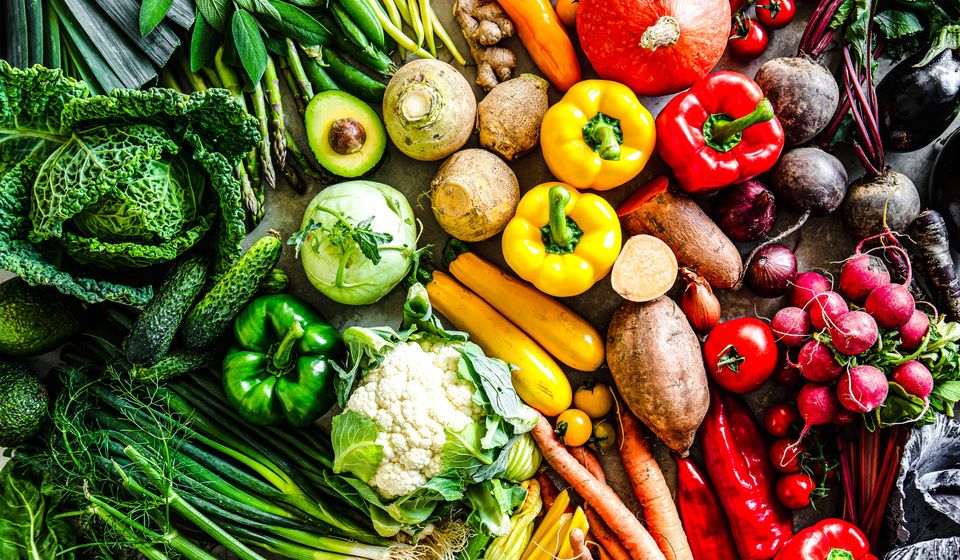
Why Diet Diversity Is the Key to a Resilient Gut and Lasting Health
Eating a wide variety of whole foods can calm inflammation, rebalance the gut, and liberate your healing journey. A diverse microbiome—a thriving ecosystem of beneficial microbes that live in and on your body—is foundational to gut health. It helps prevent the overgrowth of yeast and opportunistic pathogens, supports gut barrier integrity, and reduces inflammation by producing short-chain fatty acids like butyrate. It also generates compounds that influence mood, hormone metabolism, detoxification, and immune regulation—linking gut health to nearly every system in the body. Microbes love variety. They thrive on colorful plant foods, bitter greens, resistant starches, and prebiotic fibers. When your diet is narrow and repetitive, your microbiome begins to reflect that. You lose diversity, and with it, resilience.
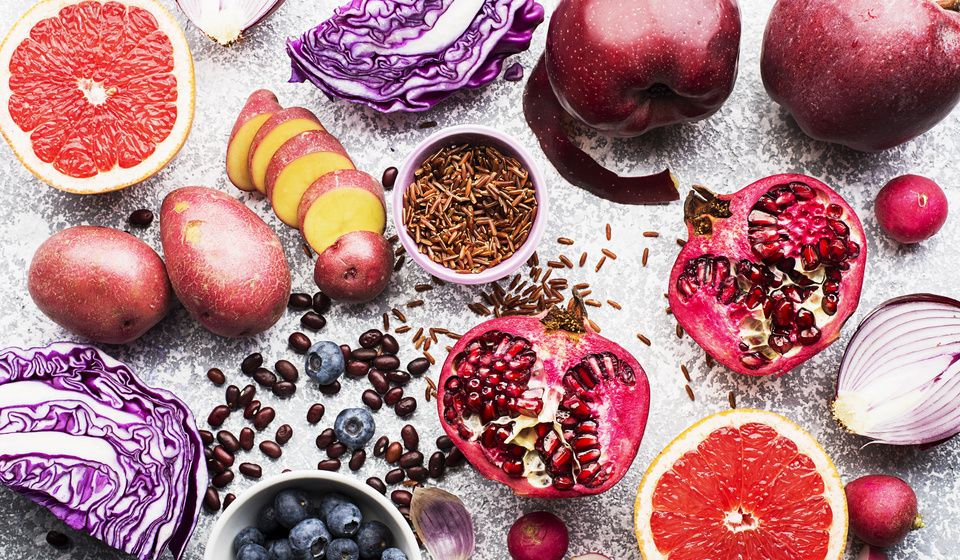
The Healing Power of Prebiotics: How to Nourish Your Gut from Within
Healing is a process of subtraction and addition. We begin by removing what's harmful—ultra-processed foods, hidden food sensitivities, and environmental toxins that burden our detox pathways. And then we rebuild—gently, intentionally, and from the inside out. At the heart of this restoration is your gut microbiome—a dynamic, intelligent ecosystem that not only helps digest food, but also regulates immunity, calms inflammation, supports detoxification, balances mood, influences metabolism, and supports natural weight regulation. And the simplest way to nourish this system is through prebiotics—compounds that feed your beneficial bacteria and restore the internal terrain of your body.
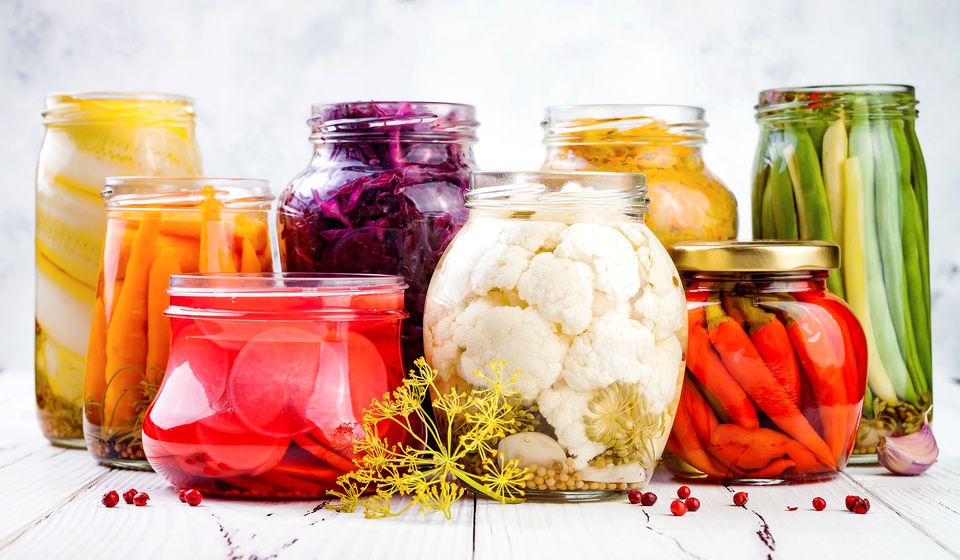
The Healing Power of Fermented Vegetables for Gut Health
You've probably heard of sauerkraut, kimchi, and sour dill pickles, right? These are all examples of lacto-fermented vegetables—a traditional form of food preservation that has supported human health for centuries. Before refrigeration, lacto-fermentation was a primary method for preserving the harvest through the winter. If you find yourself with a garden full of cabbage, carrots, cauliflower, green beans, or beets, consider transforming them into a few jars of tangy, probiotic-rich vegetables. When stored properly, these fermented foods can last for months—if they don’t get devoured first! Beyond preservation, they nurture your gut microbiome—your inner garden of health and healing.
Recipes from the Blog
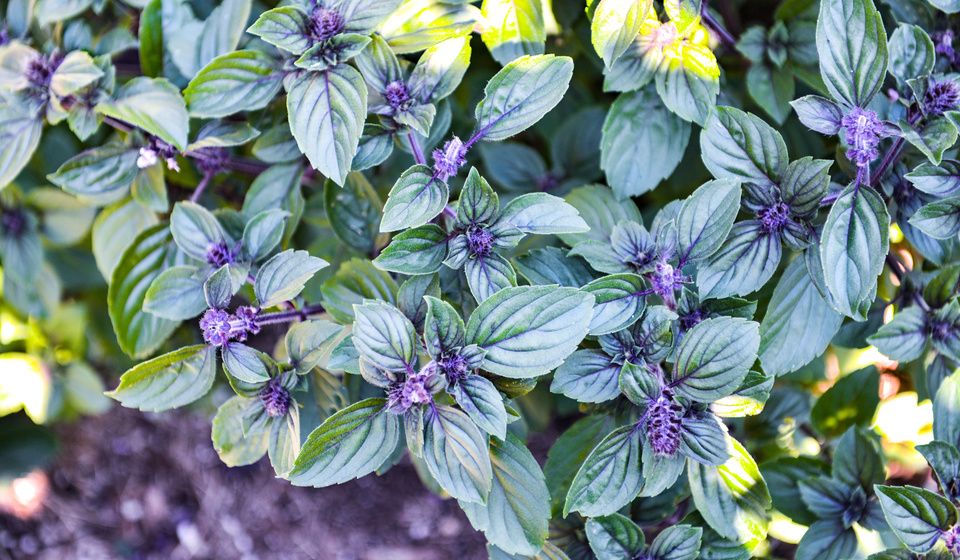
How to Use African Blue Basil: A Gut-Healing Chutney Recipe to Preserve the Harvest
If you grow African Blue Basil—also known as Purple Mountain Basil—you know how abundant and fragrant this plant becomes in late summer. This raw, oil-free spicy blue basil chutney recipe is one of my favorite ways to preserve the harvest and support deep nourishment and wellness all year long. Made with fresh blue basil, lime juice, garlic, ginger, and Thai chili peppers, this chutney is anti-inflammatory, microbiome-supportive, and incredibly flavorful. I grow multiple types of basil every year—sweet basil, Thai basil, holy basil (tulsi), and of course, African Blue. These simple daily rituals of tending, harvesting, and preparing herbs are the foundation of my own health, infusing everyday meals with nourishment and rhythm.
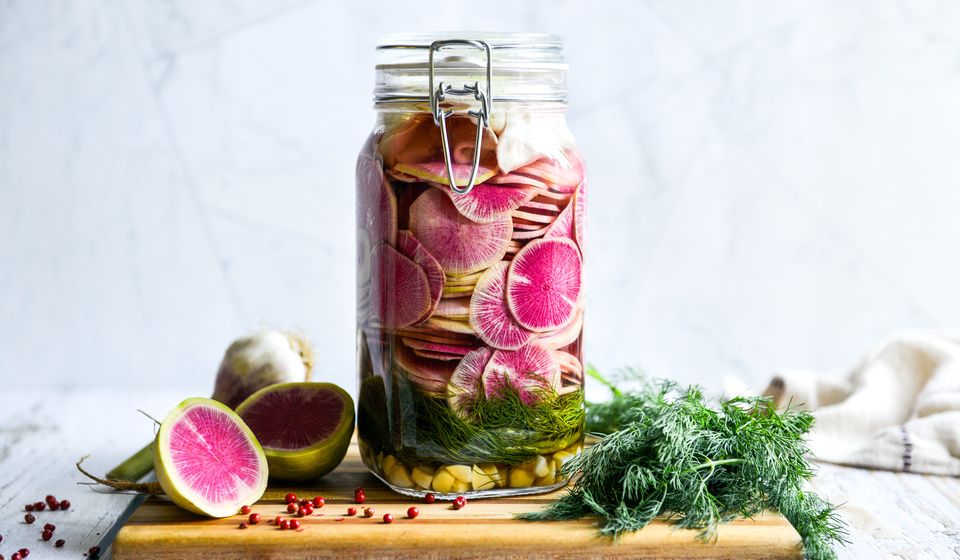
How to Make Lacto-Fermented Watermelon Radishes
Watermelon radishes are one of my favorite root vegetables to ferment—especially in the summer and fall when they’re at their peak. Their vibrant pink interior and crisp texture make them perfect for lacto-fermentation, transforming into tangy, probiotic-rich bites that support digestion and gut health. If you’ve never fermented vegetables before, this is a beautiful place to start. You don’t need any fancy equipment—just radishes, salt, water, and a clean jar. In a few days, your countertop will be home to a bubbling jar of living food, alive with beneficial microbes.
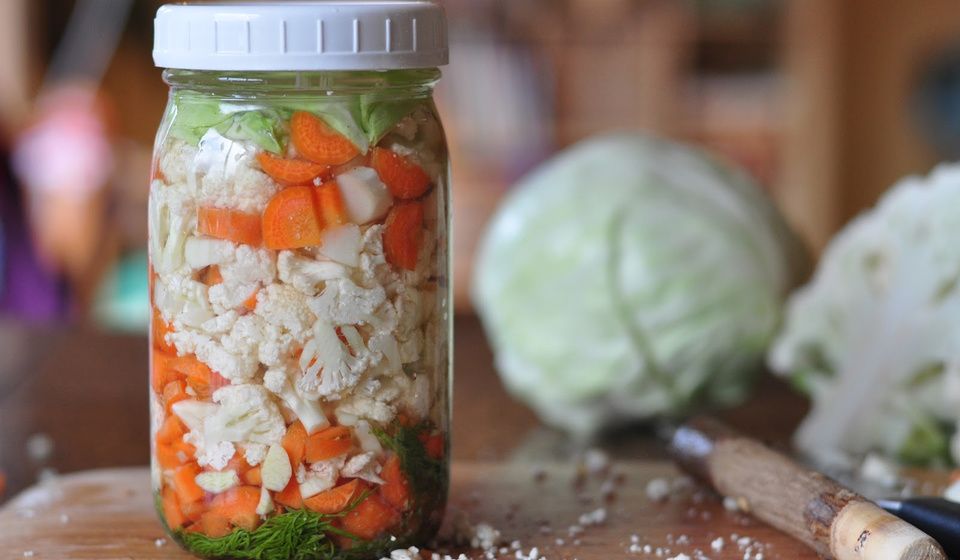
How to Make Lacto-Fermented Vegetables
Lacto-fermented vegetables are cultured vegetables. You've probably heard of sauerkraut, kim chi, and sour dill pickles, right? These are all forms of lacto-fermentation. Many people use whey as a starter but it is not necessary as long as you use enough salt. Making your own lacto-fermented vegetables is so easy that once you start you'll be hooked! Traditionally, lacto-fermentation was used to preserve the harvest and store vegetables for the winter. If you have a garden full of cabbage, cauliflower, beets, carrots, and green beans and don't know how to store them all, consider making a few batches of lacto-fermented vegetables. These veggies can be stored in your refrigerator for months....if they last that long!
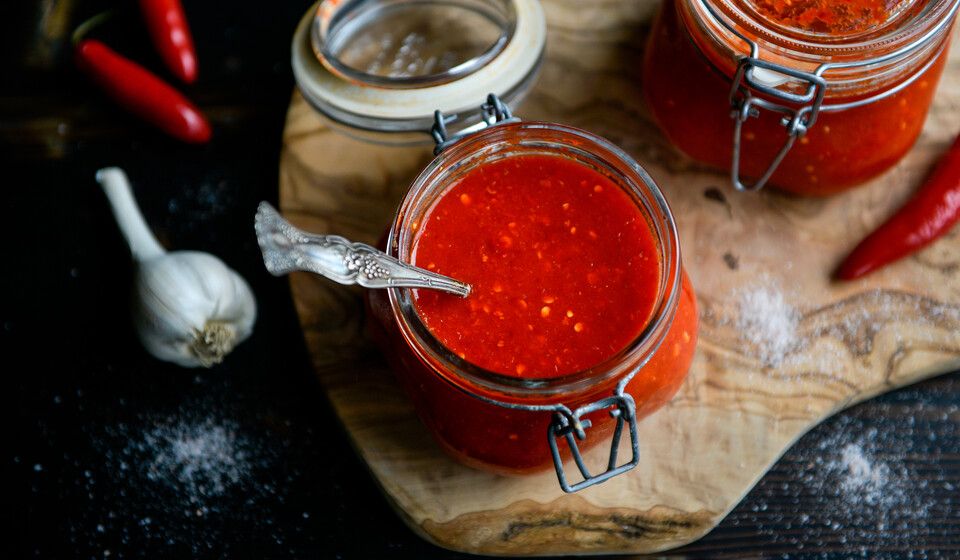
How to Make Lacto-Fermented Hot Sauce
Making your own lacto-fermented hot sauce is a wonderful way to naturally preserve your hot pepper garden harvest! Once fermented, the hot sauce should last for about 9 to 12 months in your refrigerator. Use this tangy and spicy hot sauce to top scrambled eggs, stir-fries, soups, and all types of Thai food! Each time you use it, you are consuming a wide variety of beneficial bacteria that help to promote gut health. I make a few gallons each year after I harvest all of the peppers growing in my garden. The sweet red bell peppers balance out the spiciness in the hot peppers to make the sauce tolerable and enjoyable—not just all spice! Each batch I make is a little bit different, depending on how many bell peppers I include and which variety of hot chili pepper I use most.
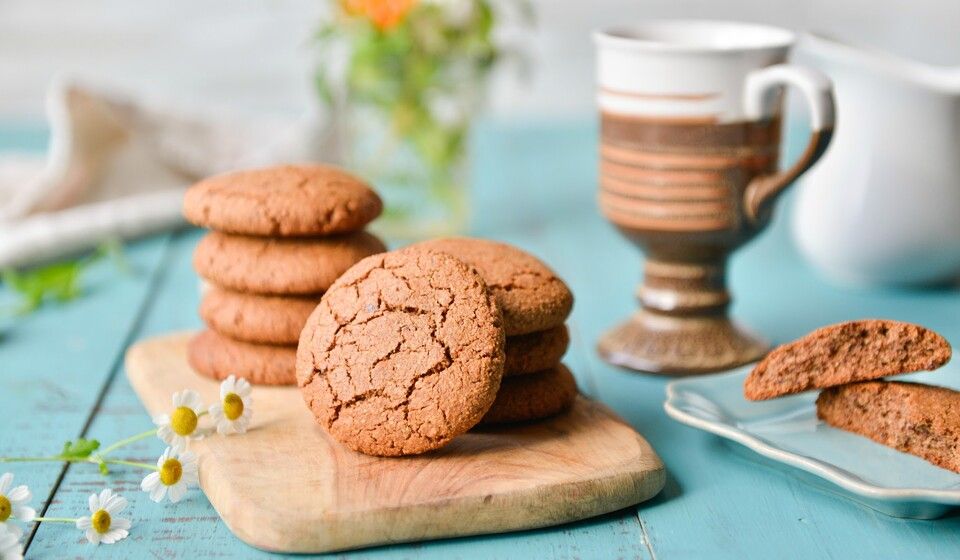
Spiced Tigernut Cookies (gluten-free, grain-free, nut-free)
Today I have a special recipe to share with you. This grain-free tigernut cookie recipe comes from a new book called The Autoimmune Fix, which I actually developed all of the recipes for! Dr. Tom O’Bryan wrote an incredible book on the current epidemic of autoimmune diseases. As a skilled functional medicine practitioner, he discusses the root causes of autoimmune disease, and in essence, all diseases. Dr. O’Bryan has spent the last few decades lecturing around the globe on how gluten contributes to disease, but now expands on that topic in his new book with the culprits and causes of autoimmunity.
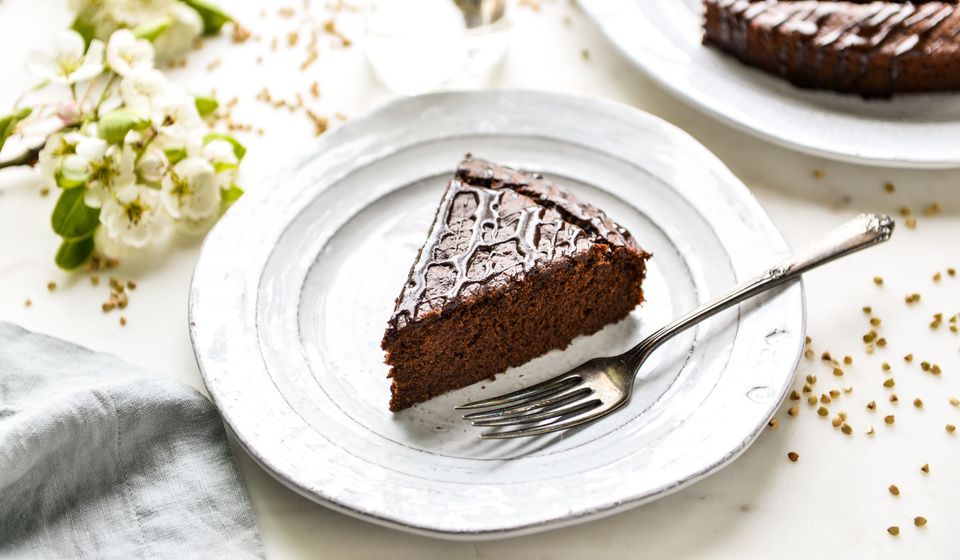
Buckwheat Chocolate Cake (gluten-free, egg-free, dairy-free)
I absolutely love baking with buckwheat flour. It has a robust, earthy flavor and impressive nutritional profile. Paired with a high-quality raw cacao powder and extra virgin olive oil, you get a phytonutrient-rich healing dessert! Both buckwheat flour and cacao powder are rich sources of flavonoids and polyphenols. These compounds have numerous beneficial impacts on different systems in the body. Did you know that polyphenols interact with the gut microbiota and act as prebiotics for beneficial bacteria?
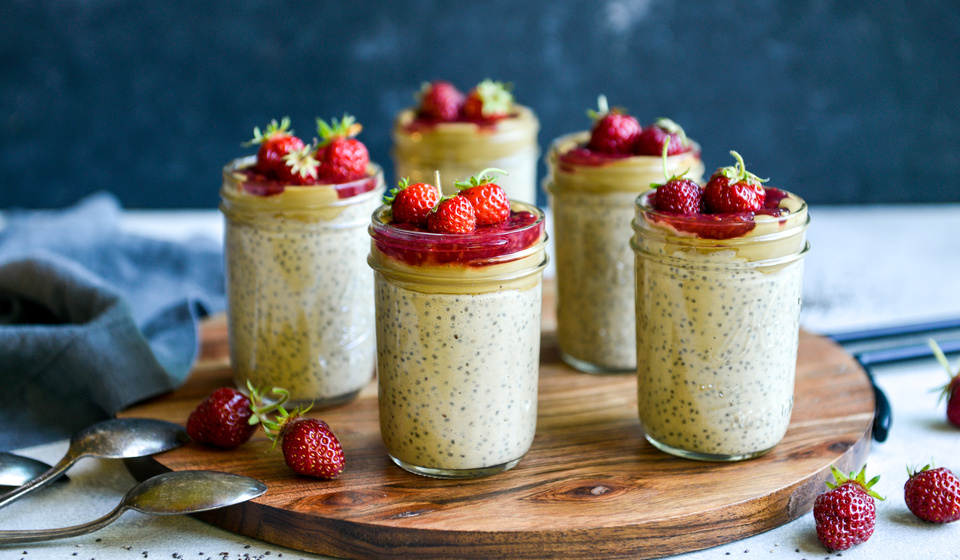
Sunbutter Chia Pudding (vegan, gluten-free)
Chia pudding made with real food ingredients is a powerhouse of nutrients—especially important for growing, active children! This nut- and dairy-free pudding recipe is rich in polyphenols, protein, healthy fats, fiber, complex carbohydrates, calcium, and magnesium. In fact, one serving contains over 13 grams of protein, 29 grams of healthy fats, 31 grams of carbohydrates, 10 grams of fiber, and over 230mg of calcium! Chia seeds also have a high antioxidant activity due to their high levels of various polyphenols. Not only can this lower inflammation throughout the body by reducing free radicals, but polyphenols also act as pre-biotics in the gut, promoting the growth of beneficial bacteria!
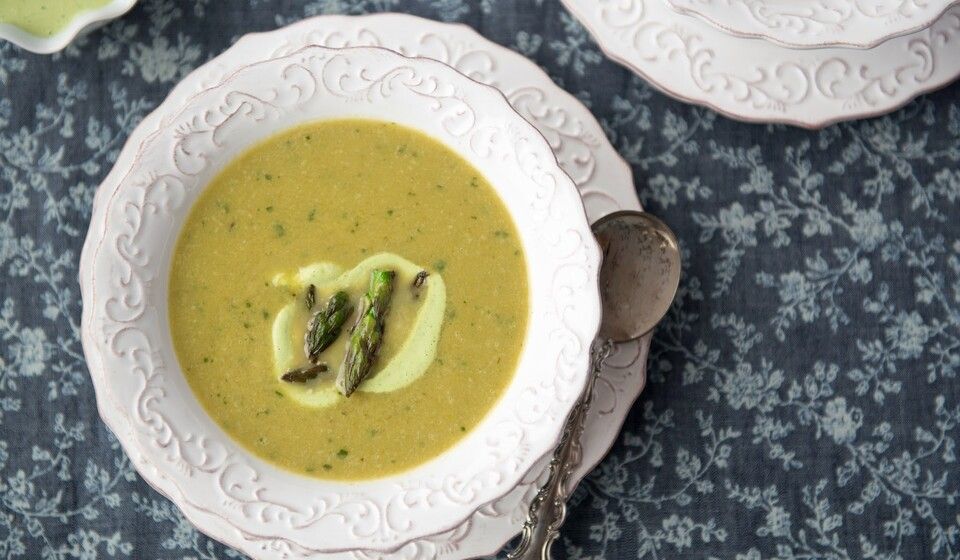
Creamy Asparagus Soup with Cashew Dill Cream (dairy-free)
Spring is in the air, at least for those of us on the West Coast! With the season’s fresh produce making its way to markets, I’ve been enjoying a simple dairy-free asparagus soup that I think you’re going to love. The creamy, herb-infused raw cashew-dill topping adds a delicious touch, but don’t worry, if you’re allergic to cashews, the soup is just as delightful without it! Did you know that asparagus is a powerhouse for gut health? It’s an excellent source of inulin, a type of prebiotic fiber that feeds beneficial gut bacteria like bifidobacteria and lactobacilli. A thriving gut microbiome means better nutrient absorption, enhanced immunity, and protection against harmful pathogens.
Become a Nourishing Meals® Member
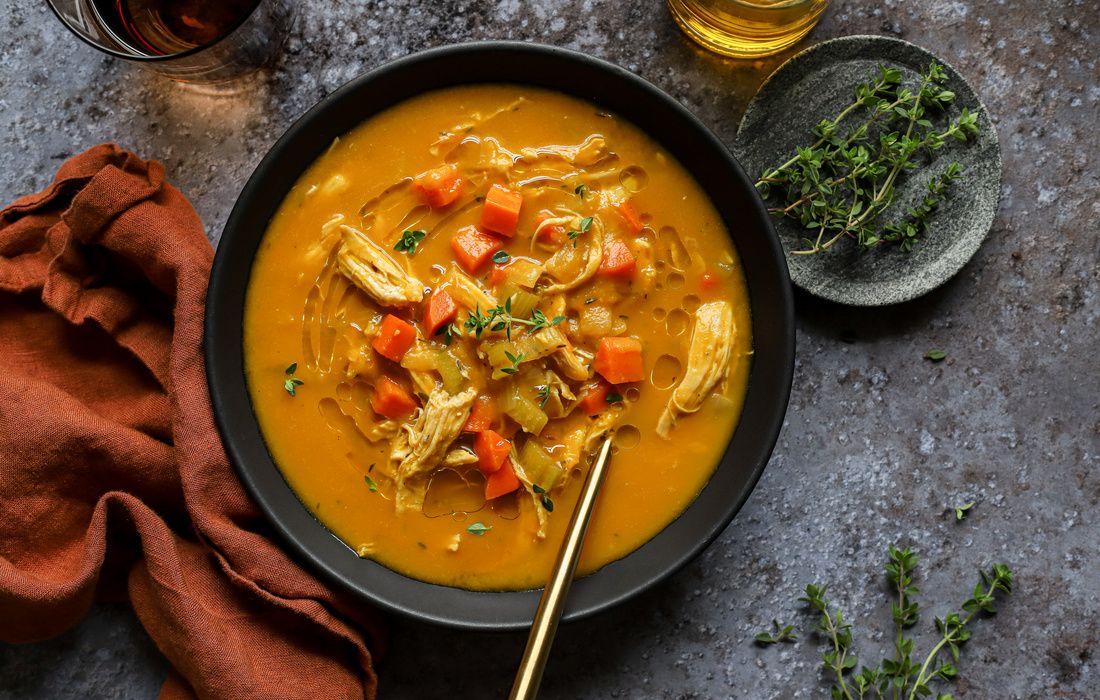
Find meals.
Plan. Cook. Eat.
Join Nourishing Meals® today to get access to over 1800 nutrient-dense member-only recipes and our easy-to-use meal planning tools. Get inspired to cook again and take control of your health using the power of real food! Add meals for breakfast, lunch, and dinner, or use our system to only plan your evening meals. It is completely customizable to your unique needs!
Join our Email Newsletter!
Nourishing Meals Newsletter
Email updates.